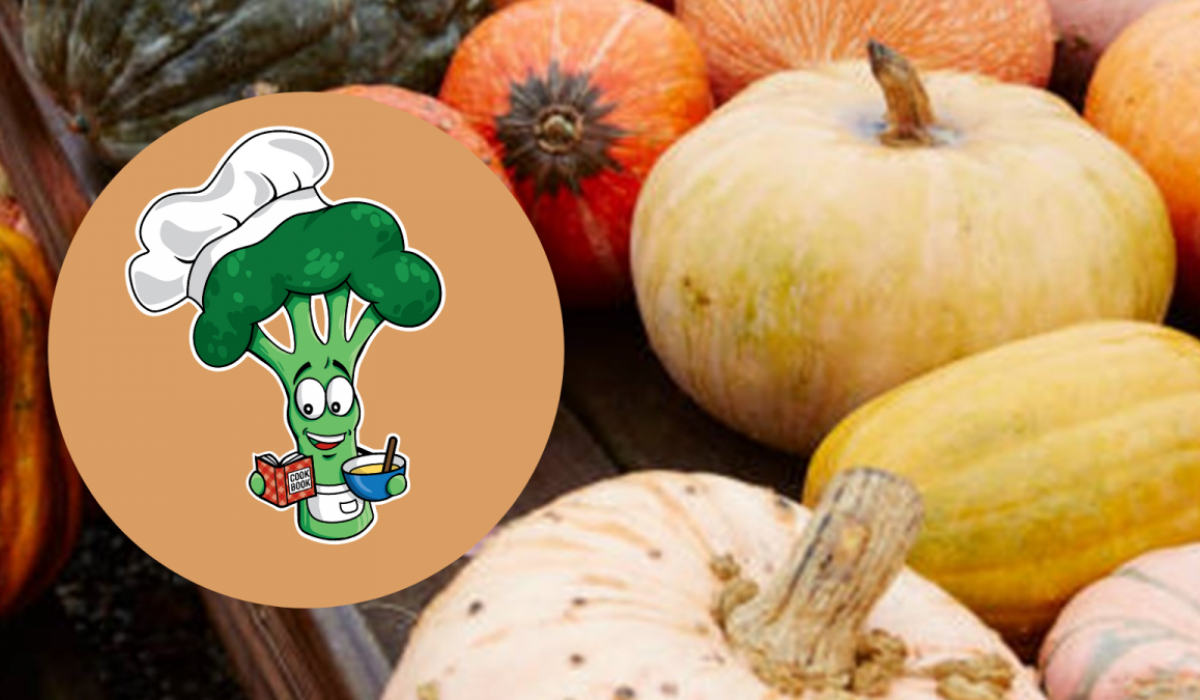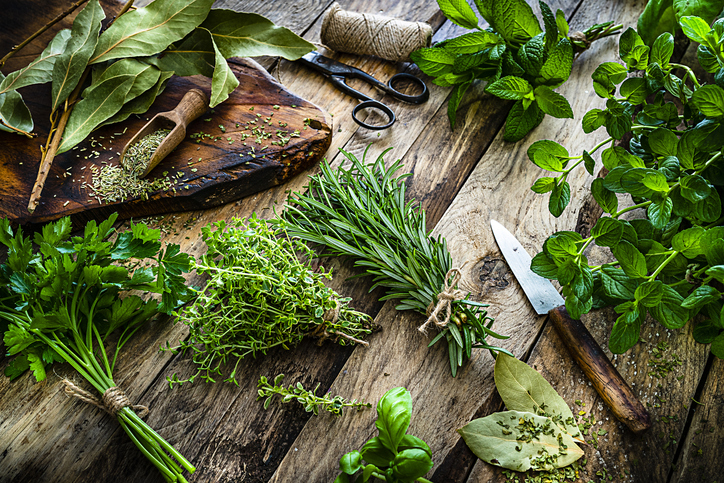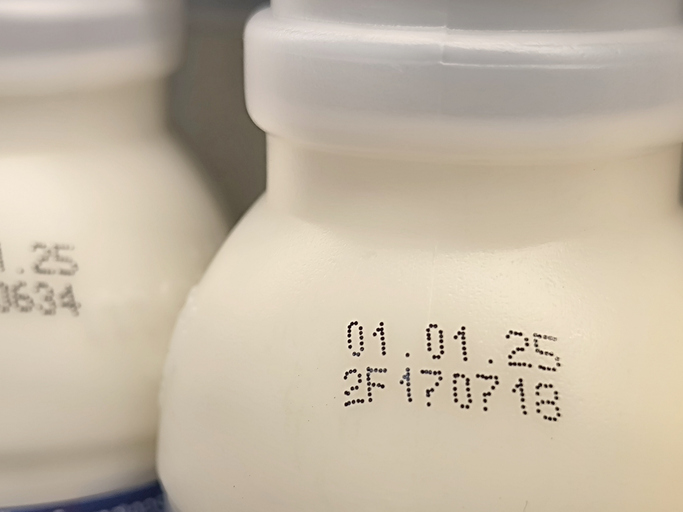Hello families! We are transitioning into fall with the scent of pumpkin spice everywhere. This month we focus on pumpkins; their goodness, their tastiness, their varieties, and the simple joys! Come join me on this pumpkin-learning adventure.
Nutritional Value of Pumpkins
Pumpkins are a superfood! Grab your cape and prepare yourself for what one cup of pumpkin will provide you:
| 1 Cup Raw | 1 Cup cooked (not canned) | |
| Calories | 30 | 49 |
| Carbohydrates | 8 g | 12 g |
| Fiber | 1 g | 3 g |
| Protein | 1 g | 2 g |
| Sugars | <1g | 5 g |
While pumpkin is cholesterol and fat-free, it is also a super source of fiber, vitamins, and minerals. Pumpkin is rich in vitamin A (beta-carotene) which supports healthy skin, teeth, and vision. Other vitamins including C and E support our immune systems and provide a youthful appearance to the skin. Pumpkins can also provide potassium, riboflavin, copper, manganese, iron, magnesium, phosphorus, and folate. So good for your body to grow, move and learn!

Health Benefits of Pumpkins
This powerhouse fruit packs a punch in defending our bodies and supporting various bodily functions along the way:
- Lowers disease risk-the antioxidants and zinc can battle against diabetes, Alzheimer’s disease, Parkinson’s disease, heart disease, and some cancers
- Helps with healthy blood pressure– using fiber, potassium, and vitamin C to regulate this function
- Keeps you regular-fiber aids in healthy digestion and processing
- Assists in maintaining a healthy weight– high fiber content gives us a feeling of fullness and will curb the sensation to snack
- Supports skin health– vitamin C helps produce collagen (keeping the skin’s youthful glow) and defends against the sun’s damaging rays
Best Pumpkins to Use in Cooking
The word pumpkin is derived from the Greek word “pepon” which means large melon. Pumpkins are members of the Cucurbitaceae plant family that mostly grow on vines. They are related to cucumbers and melons. All parts of the pumpkin plant are edible!
There are over 70 varieties of pumpkins worldwide. Pumpkins need lots of space, water and warm weather to grow. The top five producing states in America are Illinois, Indiana, Ohio, Pennsylvania, and California. Morton, Illinois has claimed to be the “Pumpkin Capital of the World.”
Other than your typical pie pumpkin, here are some pumpkin examples used for cooking:
| Pumpkin Variety | Color | Weight Range | Best Use | Other |
| Casper | White skin, deep orange flesh | Up to 15 lbs. | Versatile use | |
| Cherokee Bush | Orange skin, yellow flesh | 5-8 lbs. | Roast or puree | |
| Cinderella | All orange | 15 inches across | Soups | Flat shape |
| Cushaw Green | White/Green-striped skin, creamy color flesh | 20 inches long | Roast, Puree, steam, in a salad | Long squash |
| Dill’s Atlantic | All orange | Large | Soup, stew, or butter | |
| Fairy Tale | Faded orange skin, dark orange flesh | Up to 15 lbs. | Bake, soup, stew | |
| Jarrahdale | Green-blue skin, orange flesh | 5-8 lbs. | Pies, roast, stew, soup | Stringless |
| Musquee de Provence | Multicolor skin (brown to pink), orange flesh | 10-20 lbs. | Versatile use | |
| Pepitas Hybrid | Speckled green-yellow skin, light yellow flesh | 9-12 lbs. | Bake, soups, stew, snacking seeds | Hull-less seeds |
| Red Warty Thing | All deep orange | Up to 20 lbs. | Bake, roast, pickle, freeze | Tough rind-will store very long |
| Rouge Vif D’Etampes | Vivid red skin, orange flesh | 10-15 lbs. | Bake, soup, curries | Flat shape |
Some varieties grown in Massachusetts consist of Baby Pam, Autumn Gold, Ghost Rider, New England Pumpkin Pie, Lumina (white), Cinderella and Fairy Tale. Look for them at your local farmers’ markets or farm stands, click here https://dtafinder.dtadash.ehs.mass.gov/. There are over 200 farms in Massachusetts where you could purchase pumpkins and 66 of those offer a Pick-Your-Own opportunity, click here https://www.mass.gov/guides/pick-your-own-farms#-pumpkins-.

Various Ways to Eat Pumpkins
Most pumpkins can be baked, roasted, and steamed or added to soups and stews. Chunks can be added to chili, frittatas, risotto, pizzas, casseroles, or lasagna. From a puree, it can be made into hummus, curry sauce, a marinara sauce, smoothies, pancakes, muffins, bread, scones, cookies, snack bars or layered in a parfait or trifle, mixed into oatmeal, or baked as a good, old-fashioned pumpkin pie. Try this mouth-watering dinner recipe with your family: https://www.myplate.gov/recipes/supplemental-nutrition-assistance-program-snap/pumpkin-ricotta-stuffed-shells.

Most pumpkins have up to 500 seeds inside! Try roasting the seeds for a healthy snack. Here is an easy step-by-step recipe:
- Wash your hands and the pumpkin.
- Cut an opening in the top and scoop out the pulp and seeds.
- Remove the pulp from the seeds and pat them dry.
- Toss the seeds with olive oil and your favorite seasonings (minimally salt and pepper).
- Roast in a pre-heated oven at 450° for 12 minutes, mix around every 4 minutes to ensure even baking.
Safely Storing Pumpkin
| Whole | Cool dry spot, no sunlight | Up to 3 months |
| Prepared Chunks | In a sealed container or bag | In the refrigerator for 1 week |
| Cooked/Pureed | In a sealed container or bag | In the freezer for 1 year |
| Seeds | Toasted, in a sealed container or bag, in a cool, dry place | 2-3 months or 1 year in the refrigerator |
Life Cycle of Pumpkins
From seed to pumpkin, this plant takes between 90-120 days to grow.

Seed to sprout to vine to flower to fruit bulb to mature pumpkin.
Pumpkins need lots of space, water, and warm weather. Pumpkins range in almost all colors of the rainbow; red, orange, yellow, green and blue, even black and white.
Read About Pumpkins with Children
For more details on the history of pumpkins, details of their life cycle, parts and uses, check out these books from your local library:
- Pumpkins Board Book, by Gail Gibbons, 2019, Ages 0-3 years
- La Cosecha de Calabazas/Pumpkin Harvest, by Calvin Harris, 2016, Ages 4-7 years (multilingual-Spanish)
- From Seed to Pumpkin, by Wendy Pfeffer, 2015, includes recipes and experiments, Ages 4-8 years
- How to Help a Pumpkin Grow, by Ashley Wolff, 2021, Ages 4-8 years
- Pumpkin Circle: The Story of the Garden, by George Levenson, 2002, Ages 5-8 years
- Pumpkins (non-fiction), by Victoria Blakemore, 2017, Ages 6-10 years

Get Moving with these Pumpkin Activities
Not only do we need to eat healthy, but we need to move our bodies. Why not do it with a pumpkin?!?!
Play this tune, I Love Pumpkins on YouTube, by Harry Kindergarten Music, and lift those pumpkins high: https://www.youtube.com/watch?v=I884JkS_aFg.
Enjoy fall, pumpkins, and cooler weather! – Broc
Resources:
Pumpkin Education – Pumpkins and More – University of Illinois Extension: https://web.extension.illinois.edu/pumpkins/facts.cfm




